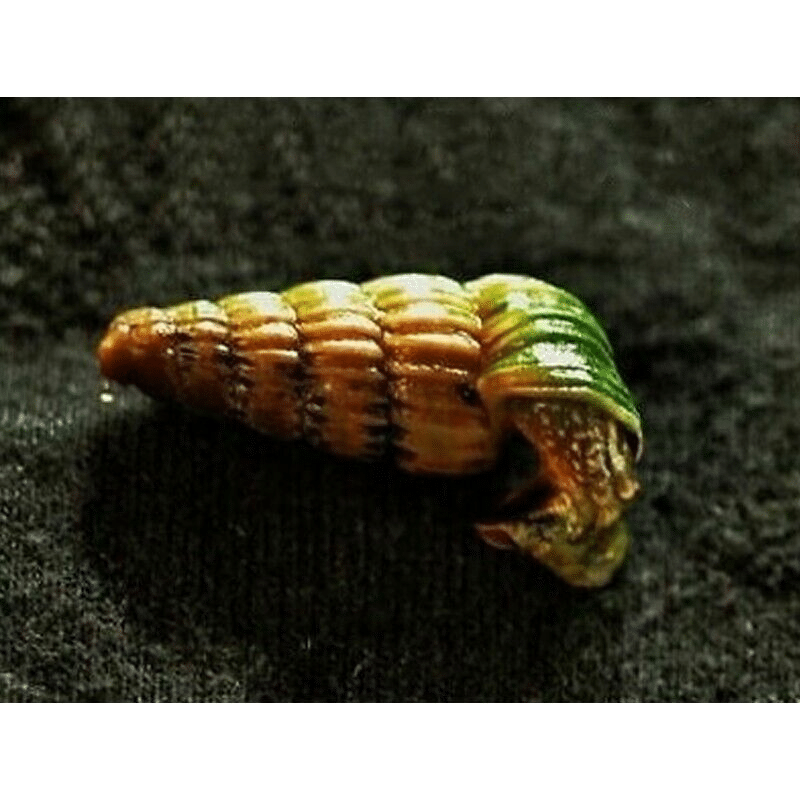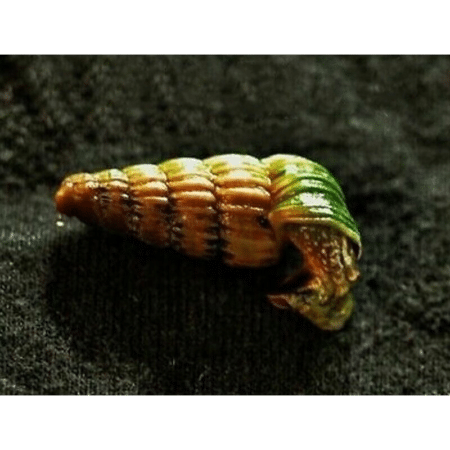To provide the best experiences, we use technologies like cookies to store and/or access device information. Consenting to these technologies will allow us to process data such as browsing behaviour or unique IDs on this site. Not consenting or withdrawing consent, may adversely affect certain features and functions.
The technical storage or access is strictly necessary for the legitimate purpose of enabling the use of a specific service explicitly requested by the subscriber or user, or for the sole purpose of carrying out the transmission of a communication over an electronic communications network.
The technical storage or access is necessary for the legitimate purpose of storing preferences that are not requested by the subscriber or user.
The technical storage or access that is used exclusively for statistical purposes.
The technical storage or access that is used exclusively for anonymous statistical purposes. Without a subpoena, voluntary compliance on the part of your Internet Service Provider, or additional records from a third party, information stored or retrieved for this purpose alone cannot usually be used to identify you.
The technical storage or access is required to create user profiles to send advertising, or to track the user on a website or across several websites for similar marketing purposes.
 Purple Vampire Crab - Geosesarma Dennerle - Decapod Crustacean
2 × £7.74
Purple Vampire Crab - Geosesarma Dennerle - Decapod Crustacean
2 × £7.74 

 Golden Eyes Vampire Crab - Geosesarma Sp. - Decapod Crustacean
1 × £8.71
Golden Eyes Vampire Crab - Geosesarma Sp. - Decapod Crustacean
1 × £8.71 
















Emily Carter (verified owner) –
I’ve been keeping aquariums for over five years, and I must say, the Neritina King Snail is a delightful addition to my freshwater tank! After adding them about two months ago, I’ve seen a significant reduction in algae growth, which not only benefits the aesthetics of my aquarium but also helps keep the water quality high for my fish. These little guys are voracious eaters of algae, and I love watching them glide around the tank with their vibrant shells.
Compared to other freshwater snails I’ve tried, the Neritina King Snail is definitely more efficient and has a more interesting personality. They seem to interact with each other and the environment more than some of the other snails I’ve kept. The only minor concern is that they can be a bit sensitive to sudden water changes, so I make sure to acclimate them slowly.
Overall, I highly recommend these aquatic gastropods for anyone looking to enhance their aquarium’s health and beauty. They’re perfect for both seasoned aquarists and beginners alike. Plus, they’re just plain fun to watch! Shipping was quick, and they arrived healthy and ready to work. I would definitely buy again!
Emily Carter (verified owner) –
I recently added the Neritina King Snail to my freshwater aquarium, and I’m absolutely thrilled with the results! Not only is this aquatic gastropod stunning with its unique shell patterns, but it’s also a fantastic algae-eater. After just two weeks, I’ve noticed a significant reduction in algae on my tank walls, which is a relief for both me and my fish. My little community of fish seems happier too, as the cleaner environment promotes their health. Compared to other freshwater snails I’ve tried, the Neritina King Snail stands out for its engaging behavior and aesthetic appeal. They gracefully glide around the tank, making my aquarium feel more vibrant. One minor concern is that they can be a bit shy at first, but they eventually become more active as they settle in. I highly recommend this snail for anyone looking to improve tank aesthetics while maintaining a healthy environment for their fish. With its algae-eating abilities, it’s perfect for both beginner and experienced aquarists alike. Plus, it arrived quickly and in great condition! Would definitely buy again!